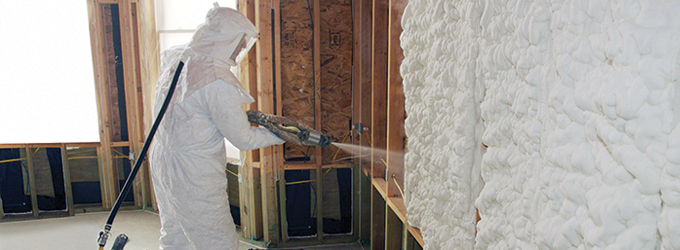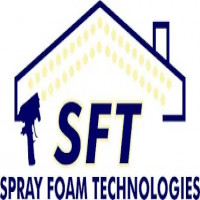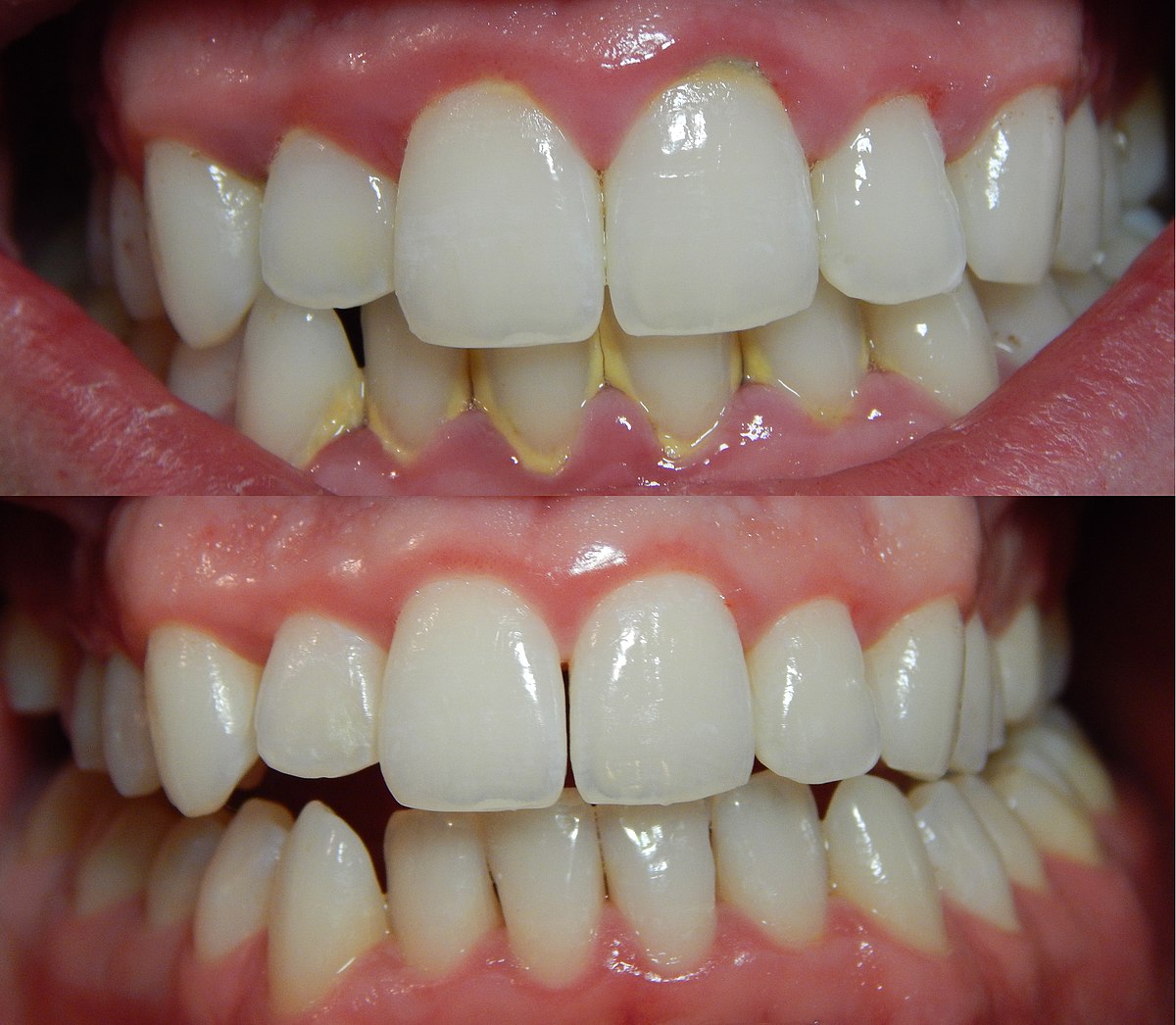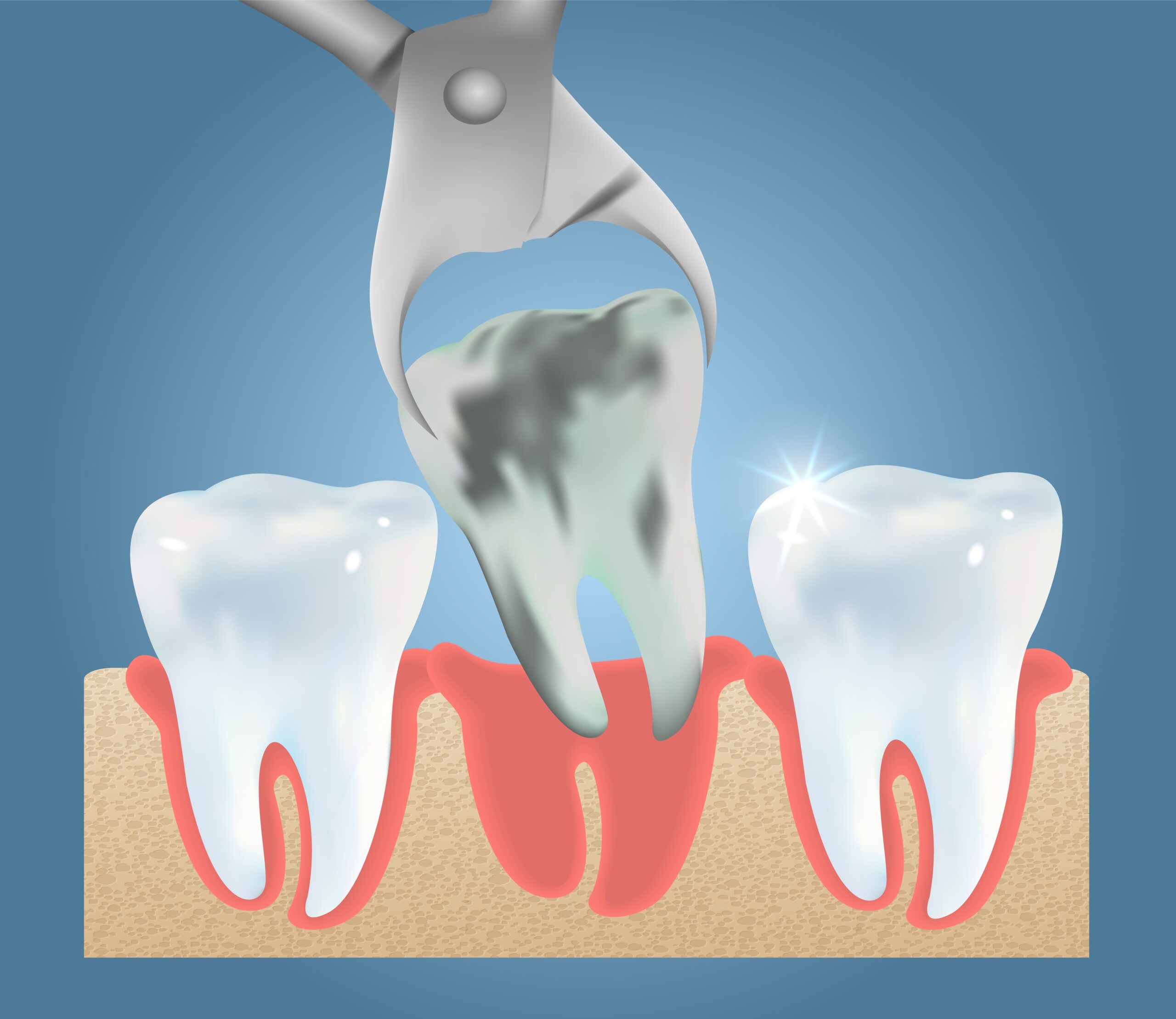How Spray Foam Services Contribute to Indoor Air Quality

Strong 8k brings an ultra-HD IPTV experience to your living room and your pocket.
Spray foam services play a major role in improving indoor air quality by reducing the movement of unfiltered outdoor air into living spaces. When buildings are not well-sealed, pollutants such as pollen, dust, smoke, mold spores, and chemical fumes can easily infiltrate through gaps, cracks, and poor insulation. Spray foam insulation, applied by trained spray foam professionals, creates a tight seal that blocks these intrusions, helping residents breathe cleaner air.
Expert spray foam insulation installation doesn't just insulate; it forms an air barrier. This helps regulate humidity, discourages mold growth, and limits allergens, leading to a noticeable improvement in respiratory health for sensitive individuals. Unlike traditional insulation materials that can sag or degrade over time, foam insulation solutions hold their shape, resist moisture, and continue performing at a high level for decades. That durability is critical when the goal is long-term air quality.
This article goes beyond surface-level information to explore how spray foam insulation contributes to healthier indoor environments, how it compares to other options, and what homeowners should think about before installing it. It also covers the connection between insulation quality and indoor environmental safety—an essential issue for families, especially those with allergies or asthma.
Why Spray Foam Improves Indoor Air Conditions
Homes breathe more than most people realize. Small openings around doors, windows, attics, and crawl spaces create an ongoing exchange between indoor and outdoor air. Without proper insulation, outdoor air brings in pollen, vehicle fumes, bacteria, mold, and humidity. Spray foam insulation closes off those gaps, forming a continuous barrier that helps keep conditioned air in and unwanted air out.
Unlike materials like fiberglass and cellulose, which rely on density and thickness alone, spray foam expands to fill even the tiniest crevices. That expansion locks in a tight seal. Open-cell foam offers sound dampening and some breathability, while closed-cell foam is dense, water-resistant, and acts as a vapor barrier.
Controlling the air exchange also means controlling temperature and moisture. Consistent temperature reduces condensation, which is a breeding ground for airborne mold and bacteria. Keeping the interior drier also lowers the risk of respiratory irritants, like mold spores or damp-based dust mites.
Moisture and air leaks create ideal conditions for pests. Rodents and insects can leave waste that circulates in the air. Spray foam deters pest entry by sealing access points they typically exploit, limiting their ability to nest in walls or attics.
When installed by experienced spray foam teams using trusted spray foam brands, this barrier adds value not only to the energy efficiency of the home but also to its livability.
In-Depth Comparison of Indoor Air Quality Outcomes
What to Know Before Installing Spray Foam
Deciding to insulate with spray foam isn’t just about cost or energy savings. It requires a careful look at the home’s current air quality conditions and construction details.
One of the first things to evaluate is moisture history. If a home has experienced leaks, musty odors, or high humidity levels, those problems must be fixed before foam is installed. Spray foam seals tightly, and if it's applied over damp materials, it can lock in that moisture and create future issues. That’s why certified insulation experts will first inspect for signs of dampness, structural weakness, or air imbalance.
Next is choosing between open-cell and closed-cell foam. Open-cell is less expensive, expands more, and works well in interior walls and sound-sensitive areas. Closed-cell is better for high-humidity areas like basements or crawl spaces because it resists water and increases structural strength.
The quality of the material matters as much as the installation. Reliable spray foam professionals work with trusted spray foam brands that meet low-VOC standards and have been tested for long-term chemical stability. Cheap products or unlicensed installers can result in off-gassing, poor adhesion, or cracking over time—all of which can harm air quality rather than help it.
Also, consider the home’s ventilation. Since spray foam reduces air exchange, it’s important to balance that seal with controlled ventilation, such as HRVs (Heat Recovery Ventilators) or ERVs (Energy Recovery Ventilators). These systems introduce fresh air without losing heat or coolness, keeping the indoor environment healthy and comfortable.
Homes built before the 1990s often have insulation that breaks down or contains harmful materials like asbestos or outdated foam. Local insulation teams can identify outdated systems and recommend removal or encapsulation before installing spray foam. Without this step, the new foam could trap contaminants that continue affecting indoor air.
Common Questions About Indoor Air Benefits
Many homeowners hear that spray foam helps air quality, but they have real concerns about safety and effectiveness. Here are the most asked questions on the subject:
Does spray foam continue emitting fumes over time?
No. When properly mixed and cured, high-quality spray foam has extremely low long-term emissions. Most of the chemical reaction occurs within the first 24 hours. After that, products from trusted spray foam brands stabilize and are inert.
Can spray foam remove existing mold problems?
Spray foam doesn’t remove mold. It prevents the conditions that allow mold to grow—primarily air leakage and moisture. Any existing mold must be professionally remediated before foam is applied.
Will my house feel stuffy with spray foam?
Not if ventilation is managed properly. A tightly sealed home will feel more stable in temperature and humidity. Balanced ventilation systems should be added to manage fresh air intake and maintain a comfortable environment.
How does spray foam affect people with asthma?
Most asthma sufferers benefit from cleaner air with fewer allergens. Because spray foam blocks pollen, dust, and outdoor fumes, and controls humidity, it helps reduce asthma triggers. Always choose installers who use low-emission foam and follow proper cure time.
Is spray foam a good option for basements?
Yes, especially closed-cell foam. It resists water and provides a vapor barrier, preventing mold growth behind walls. It also strengthens foundation walls when applied correctly.
Frequently Asked Questions (FAQs)
1. Can spray foam be installed in older homes without damaging the structure? Yes, but it requires a full inspection by knowledgeable insulation professionals. They will check for weak framing, old insulation, and wiring that could be affected during installation.
2. Will I need to leave my home during spray foam application? In most cases, yes. Occupants are usually advised to vacate the home for 24 hours after application to allow the foam to fully cure and off-gas.
3. Can spray foam work in homes with HVAC ductwork in attics? Yes. It’s especially beneficial in those cases. Spray foam creates an insulated envelope that keeps attics closer to interior temperatures, reducing HVAC load and keeping airborne contaminants out of duct systems.
4. Is there any maintenance needed after spray foam is installed? Spray foam requires almost no maintenance. However, regular inspection of ventilation and humidity control systems is important to ensure balanced air quality.
5. Can spray foam insulation be removed later if needed? It’s difficult but possible. Removal is labor-intensive and typically done when renovation or repairs are necessary. That’s why correct application the first time is essential.
Real-World Benefits for Everyday Living
The long-term effects of poor air quality inside the home include chronic allergies, fatigue, respiratory issues, and even sleep disruption. Most people don’t realize how closely these problems tie back to their building envelope. Spray foam services address this at the root level—by sealing off the outside air that brings in irritants, moisture, and pests.
In climates with high humidity or temperature swings, indoor air quality fluctuates based on how well-sealed a home is. Foam insulation stabilizes these conditions year-round. For families with young children, elderly members, or anyone with sensitivities, having consistent clean air isn’t a luxury—it’s essential.
Proper spray foam installation from a Professional Insulation Company includes planning for fresh air flow, inspecting wall cavities, and using material with proven health certifications. These steps ensure a safe, healthy environment and make a clear difference in everyday living comfort.
Ready to Achieve Cleaner Indoor Air?
Apply these insights now: Schedule your personalized insulation assessment with Spray Foam Tech, your home insulation experts offering foam insulation solutions designed for better air quality and long-term comfort.
Contact Details:
Spray Foam Tech 📞 (737) 777-9590 📧 [email protected]
Reviewer: Maria Lopez reviewed the article and brought 12 years of insulation industry experience to improve the guidance. Practical tips were added, and the content was made clearer and more useful for contractors working in the field every day.
Note: IndiBlogHub features both user-submitted and editorial content. We do not verify third-party contributions. Read our Disclaimer and Privacy Policyfor details.







